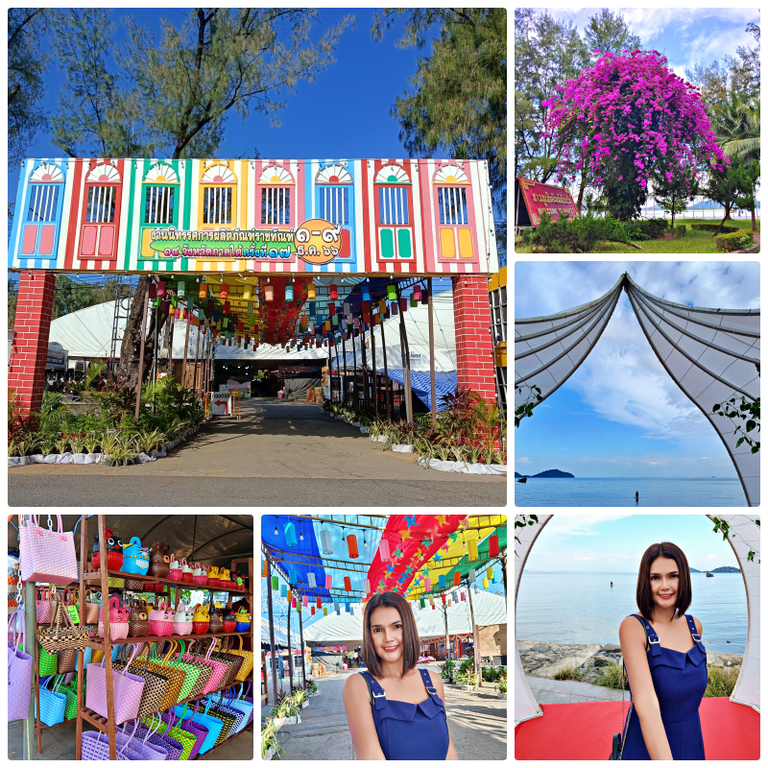
Hello everyone
Today was a day off, and usually, my son and I spend our afternoons at a local café or checking out food spots in department stores. But today was different; my son was away in another province. Holidays like this just make me miss him a lot.
Feeling a bit lonely, I decided to do something different. I heard about the "Correctional Products Exhibition of 14 Southern Provinces" happening in town, showcasing and selling stuff made by prisoners. It had been running since the 1st, and today was the last day. I had planned to go a couple of days ago, but life got busy, and I couldn't make it sooner.
As I got there, I could tell it was the final day. Many stores were starting to pack up, but there was still a buzz in the air. This exhibition was unique because it featured and sold art and crafts created by prisoners from the southern region. Each piece had a story behind it, reflecting the talents and efforts of those looking for a fresh start.
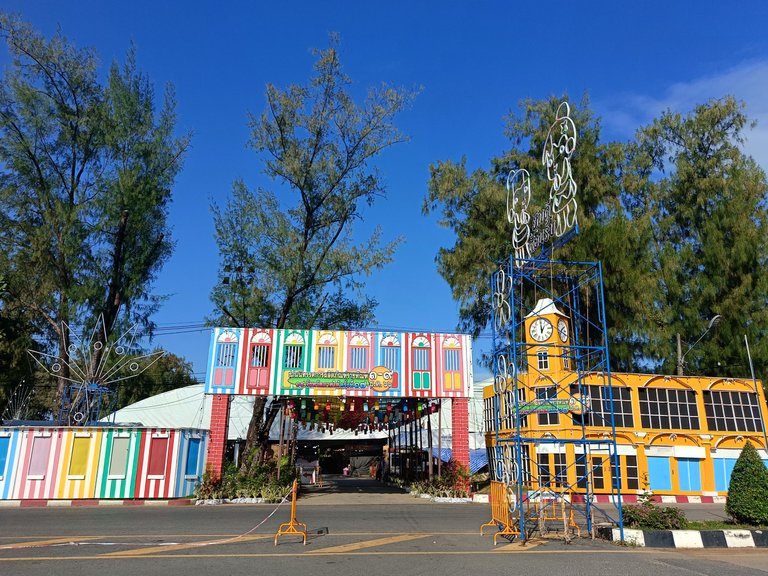
The 17th Exhibition of Correctional Products from the 14 Provinces of the Southern Region unfolded against the picturesque backdrop of Saphan Hin Park. This expansive park, situated next to the sea and nearly at the heart of Phuket City, provided a scenic setting for the event. As I approached the entrance arch, it struck me how its design seamlessly blended with the charm of Phuket Old Town.
The archway welcomed visitors with an architectural nod to the historic Phuket Old Town area, setting the tone for an experience that harmonized tradition with the contemporary. The familiarity of the design served as a bridge between the correctional products on display and the rich cultural heritage of the region.
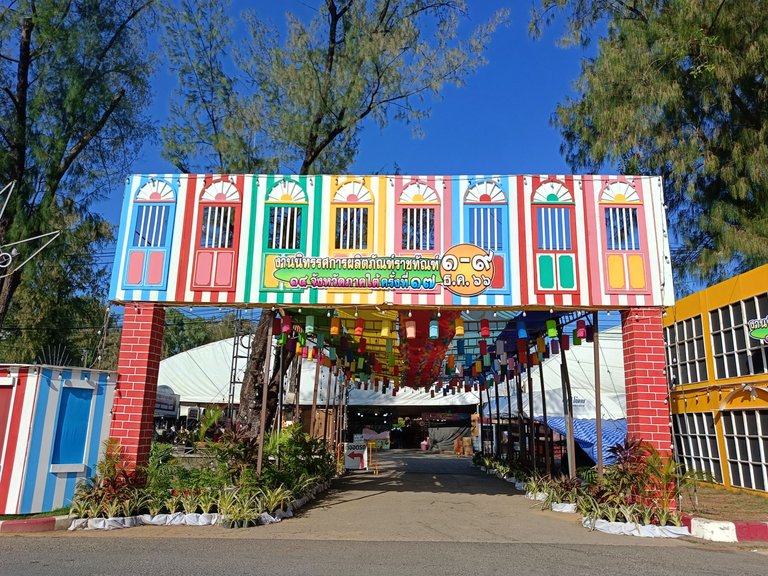
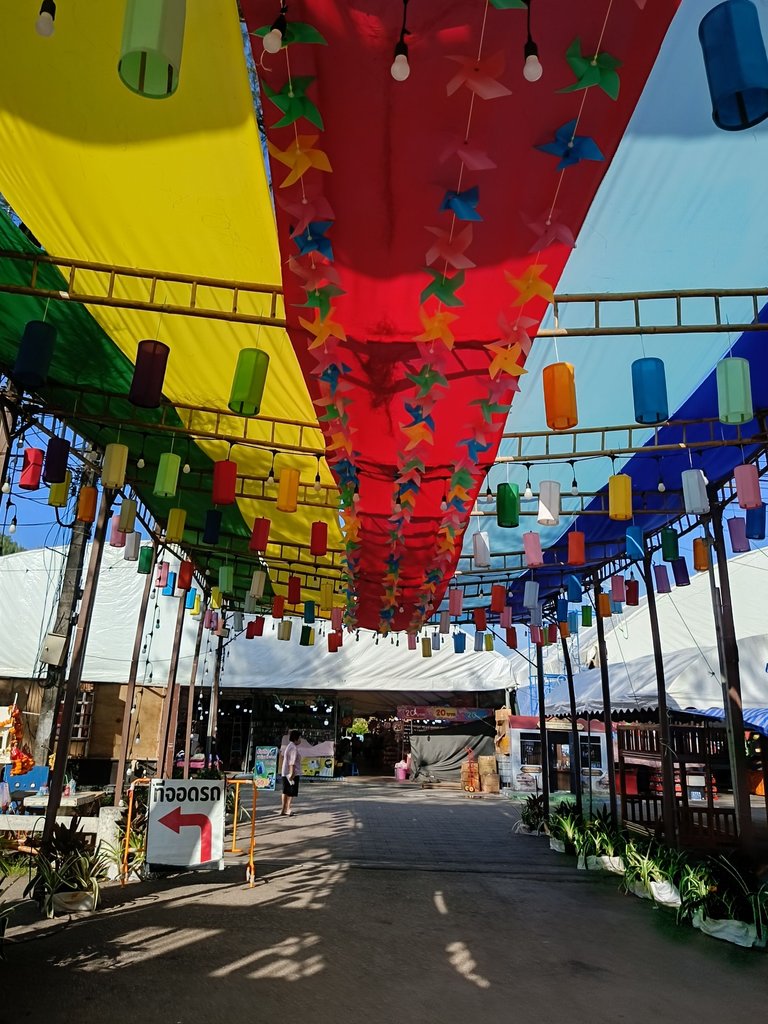
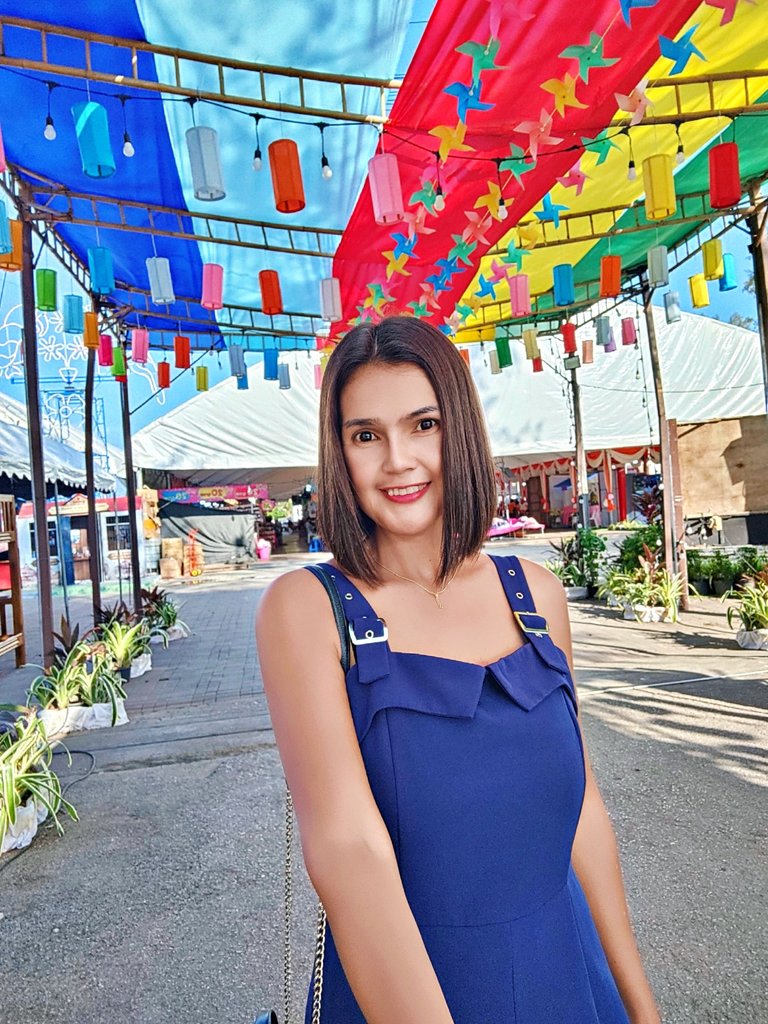
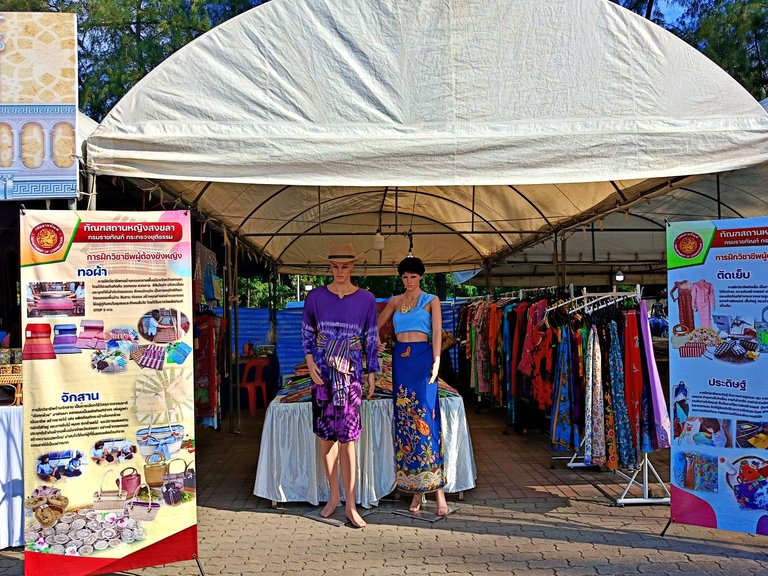
Within the sprawling exhibition space, a captivating array of products unfolded before my eyes. Among the diverse offerings, I came across a particularly noteworthy section showcasing creations from the Songkhla Women's Correctional Institution. It was a testament to the skill, creativity, and determination of the incarcerated women who had poured their talents into crafting a range of products.
One corner of the exhibition featured an impressive collection of clothing, meticulously designed and sewn by the women themselves. The display included both women's and men's apparel, each piece bearing the mark of careful craftsmanship. The colors and patterns told stories of individuality, and it was evident that these garments were more than just items for sale; they were expressions of creativity and resilience.
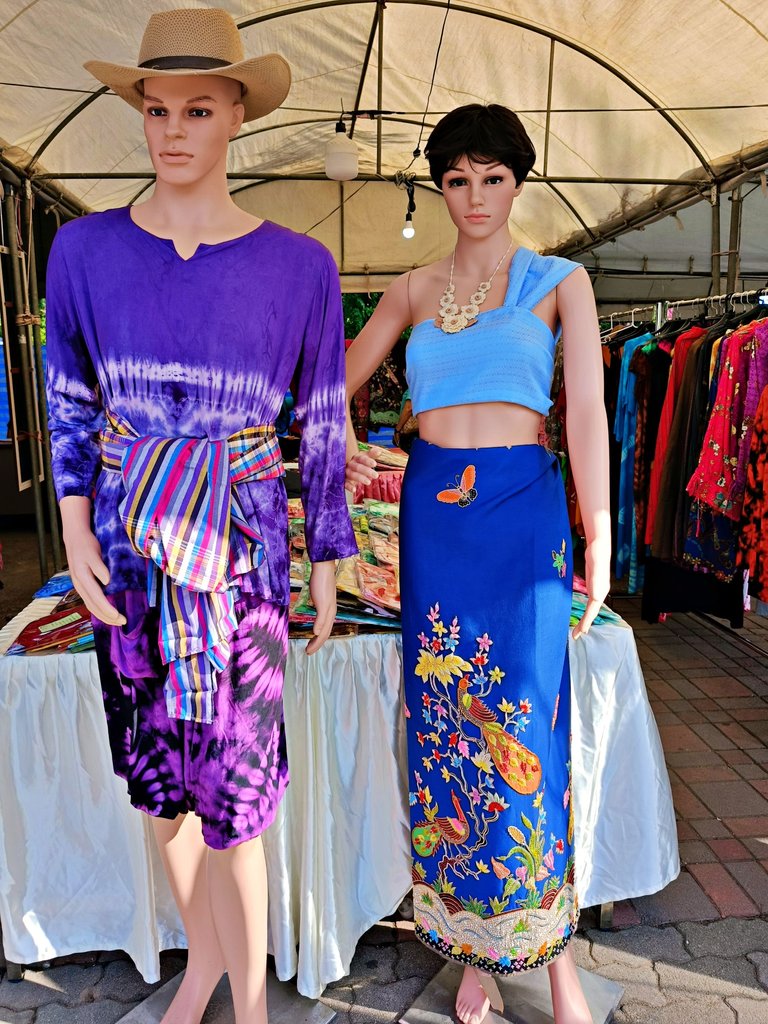
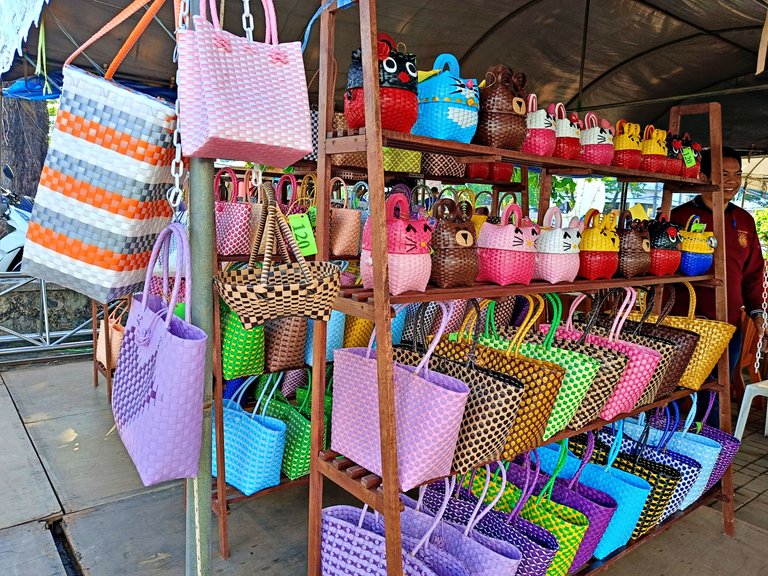
As I explored further, I discovered a section dedicated to woven treasures. The women from the correctional institution had not only ventured into the realm of clothing but had also delved into the intricate art of weaving. The display showcased a variety of woven items, from vibrant scarves to sturdy baskets, each a testament to the skill and dedication of the artisans behind bars.
In addition to the textiles, the exhibition housed an eclectic assortment of handicrafts. The range was impressive, featuring items that spanned from delicate jewelry to sturdy furniture. It was inspiring to witness the breadth of talent and the diverse skills that the incarcerated individuals had cultivated during their time in the correctional facility.
The products on display were more than just commodities; they represented stories of transformation and second chances. It was a humbling experience to recognize the resilience of these women, who, despite facing challenges, had found a channel for self-expression and skill development within the confines of the correctional institution.
As I moved through the exhibition, I couldn't help but feel a sense of admiration for the women from the Songkhla Women's Correctional Institution. Their creations not only showcased their abilities but also underscored the potential for positive change and rehabilitation through artistic endeavors. The correctional products became a bridge, connecting the incarcerated individuals with the broader community and highlighting the transformative power of creativity.
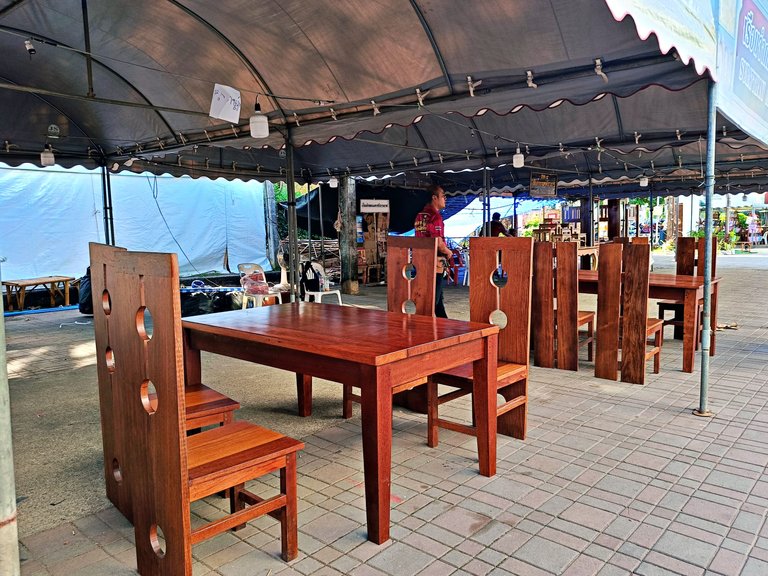
The section dedicated to the work of male prisoners unfolded with an impressive display of handcrafted furniture. Tables, chairs, and beds took center stage, each piece bearing the mark of meticulous design and skillful woodworking. The majority of these creations were crafted from wood, showcasing the prisoners' proficiency in transforming a raw material into functional and aesthetically pleasing pieces.
As I marveled at the wooden furniture, it became clear that these items were more than just products of craftsmanship. They represented a commitment to learning and a pathway towards rehabilitation for the incarcerated men. The intricate details and quality of the furniture attested to the dedication and determination of those who had honed their woodworking skills within the correctional facility.
Beyond woodworking, the correctional institution had diversified its vocational training programs. The exhibition highlighted the broad spectrum of skills imparted to the inmates, ranging from massage therapy to baking. The emphasis on vocational training aimed to equip the prisoners with practical skills that could pave the way for a stable livelihood upon their release.
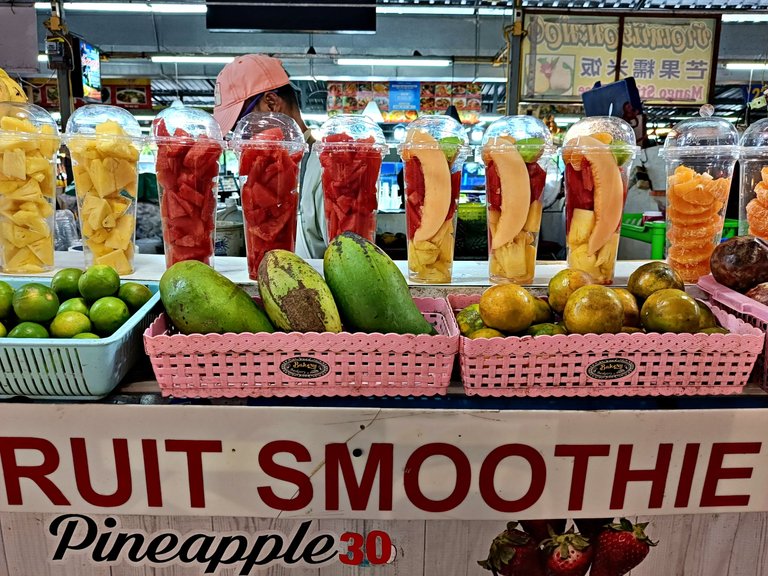
One of the commendable aspects of the correctional institution's approach was the proactive effort to empower individuals with marketable skills. Providing inmates with the tools and knowledge to pursue a profession not only contributed to their personal development but also aimed to ensure their self-sufficiency upon reintegration into society.
The underlying principle was clear – by offering vocational training, the correctional institution sought to break the cycle of reoffending. The goal was to enable prisoners to forge a new path for themselves, one that would prevent them from becoming a burden to their families and deter them from repeating past mistakes.
As I absorbed the significance of the vocational training programs, I couldn't help but appreciate the forward-thinking approach of the correctional institution. It was a reminder that, beyond the confines of incarceration, there existed opportunities for growth, redemption, and a chance at a more promising future. The correctional products, be it furniture or skills acquired, were not just tangible items but symbols of hope and transformation.
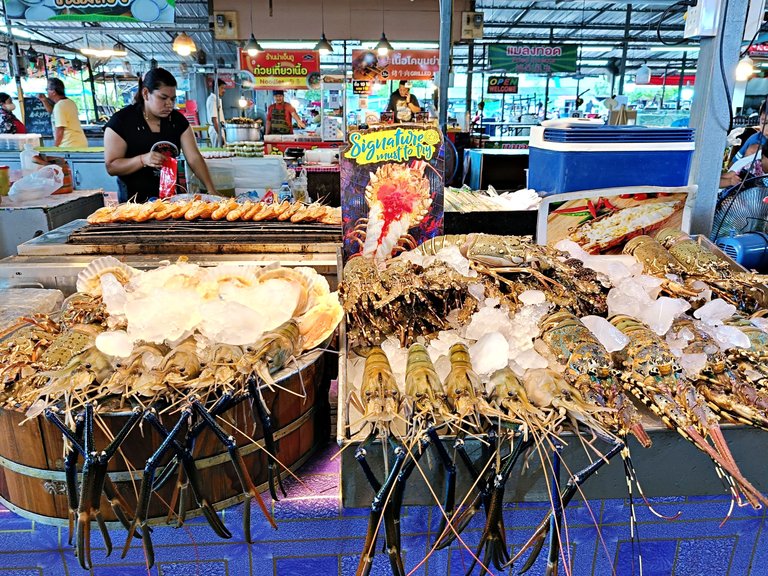
Amidst the vibrant showcase of correctional products and artisanal creations, the exhibition also tantalized the senses with an array of delectable foods available for sale. As I navigated through the diverse displays, the aroma of freshly prepared dishes wafted through the air, adding a culinary dimension to the overall experience.
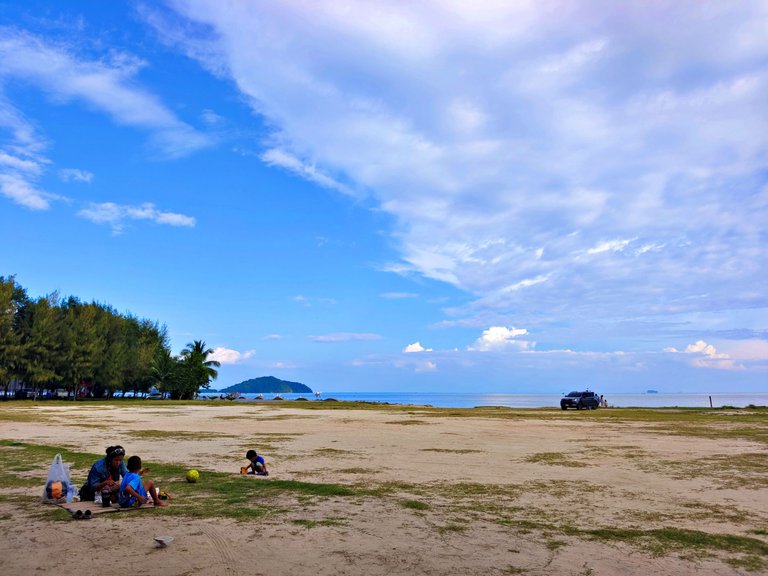
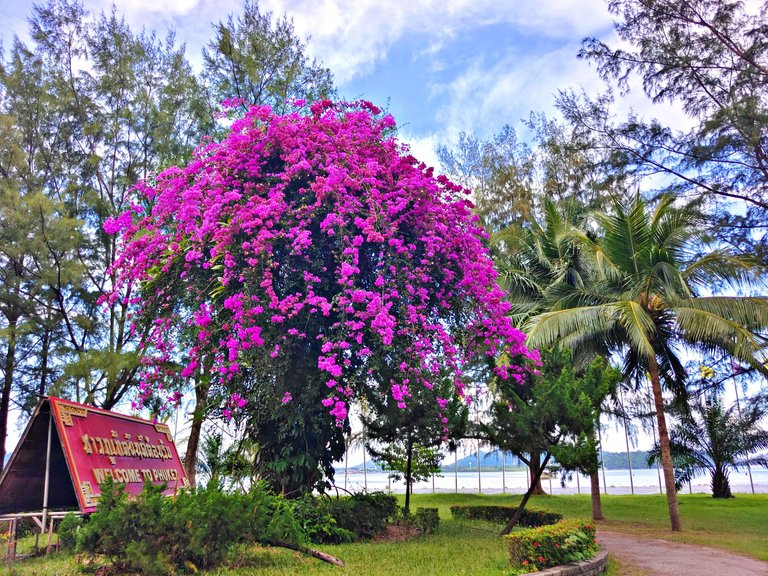
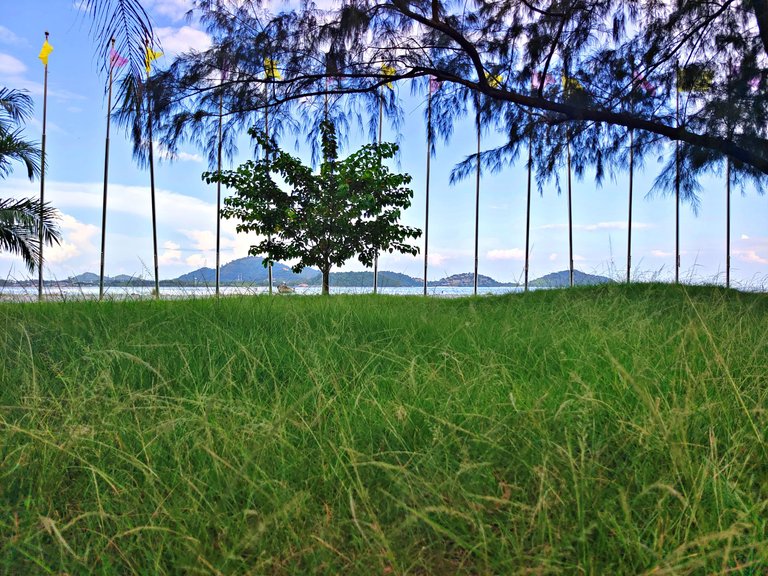
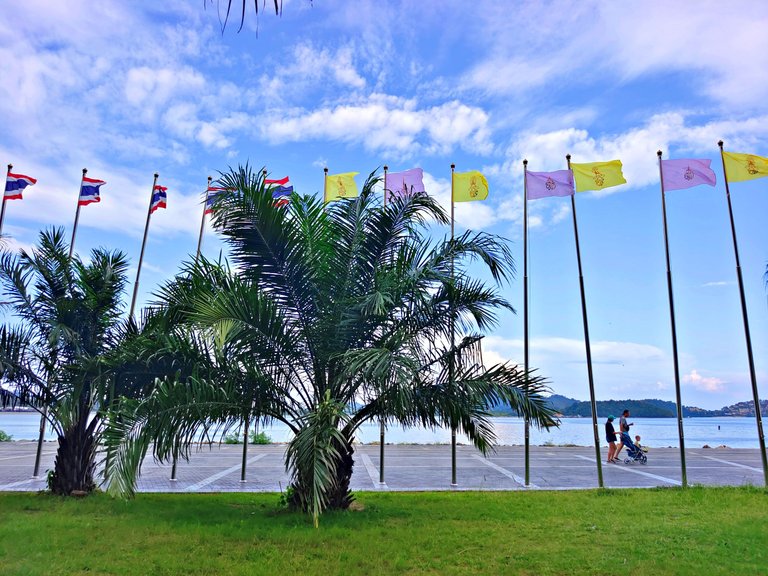
With a small bag woven from natural materials in hand, I decided to take a leisurely stroll towards the seaside area adjacent to the fairgrounds. Saphan Hin Park had been a familiar spot for my morning exercises, but life's demands had kept me away for almost two months. Today's visit, prompted by the Correctional Products Exhibition, felt like a refreshing return to a cherished routine.
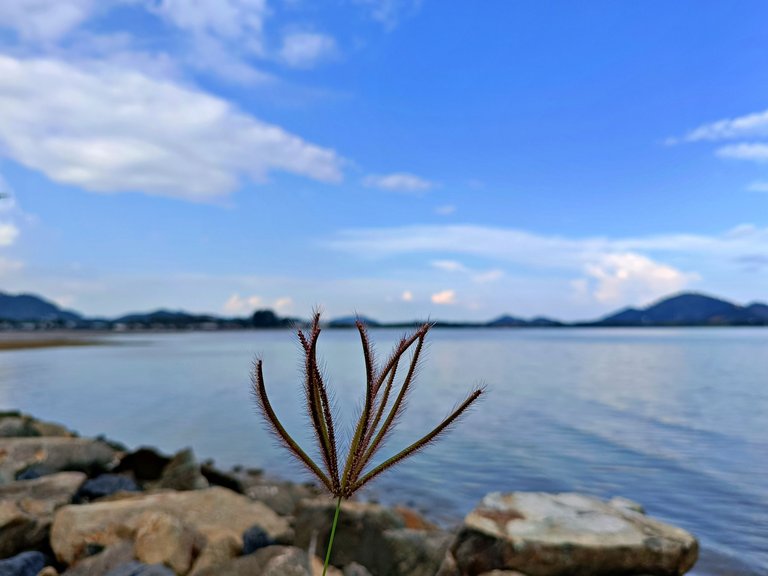
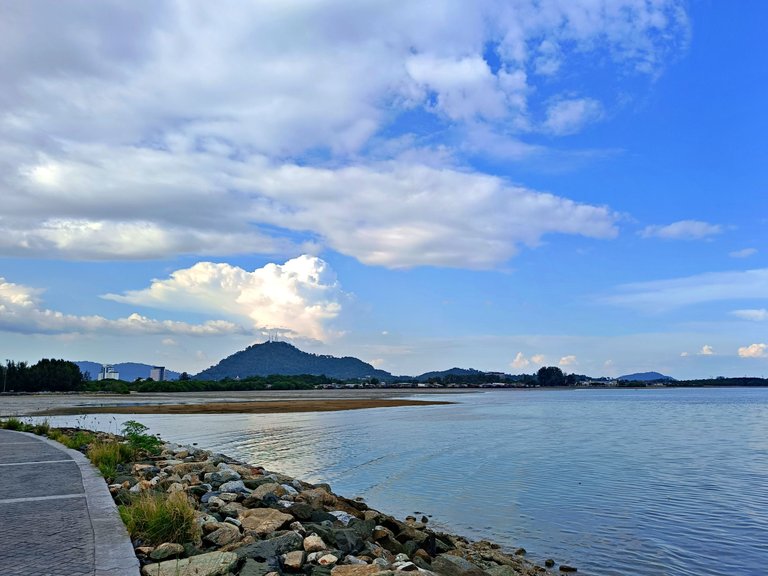
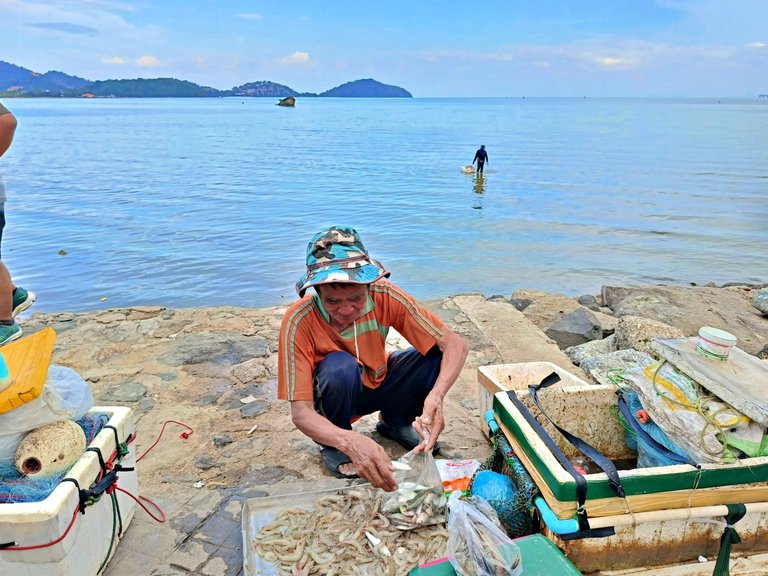
As the clock neared 4 p.m., a subtle transformation occurred along the seaside. The sea, once a constant presence, began its gradual retreat, leaving behind a landscape that shifted with the changing tide. The water level increased gradually, revealing a wealth of marine life hidden beneath the surface.
In response to the natural phenomenon, villagers from the surrounding area seized the opportunity to venture out onto the exposed seabed. Armed with buckets and nets, they embarked on a quest to find aquatic treasures that would provide a source of income for their families. The routine was familiar to them, a symbiotic relationship with the sea that sustained their livelihoods.
The villagers, with weathered hands and a deep understanding of the coastal ecosystem, diligently scoured the shallow waters for shrimp, shellfish, crabs, and various types of fish. The atmosphere was one of industrious activity, with each individual navigating the exposed seabed to maximize their catch. The fruits of their labor were destined for the marketplace, where these freshly harvested marine delights would be sold at inexpensive prices.
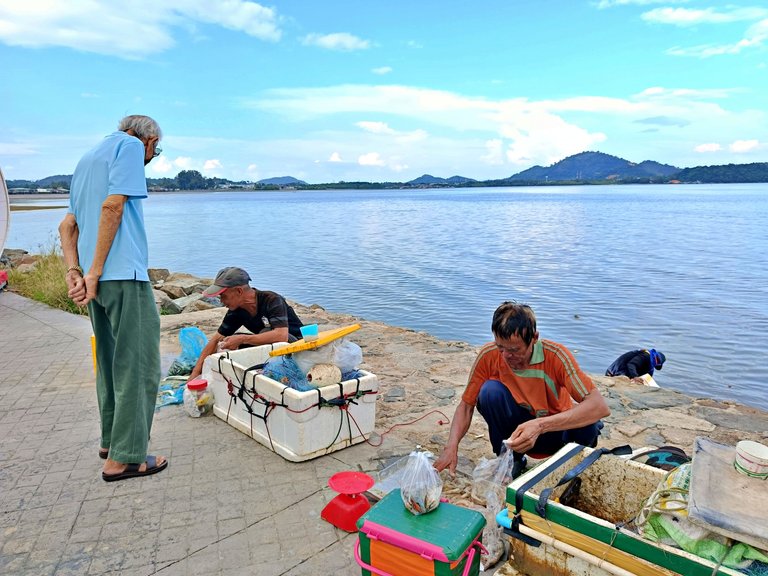
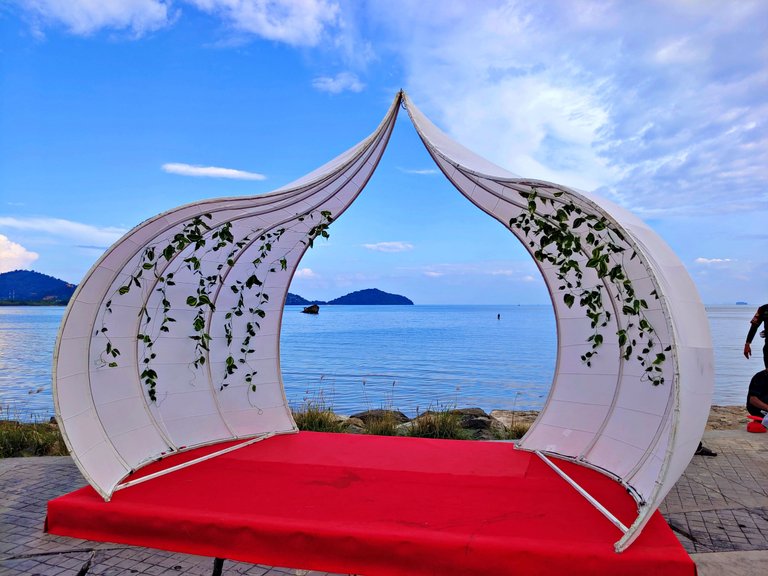
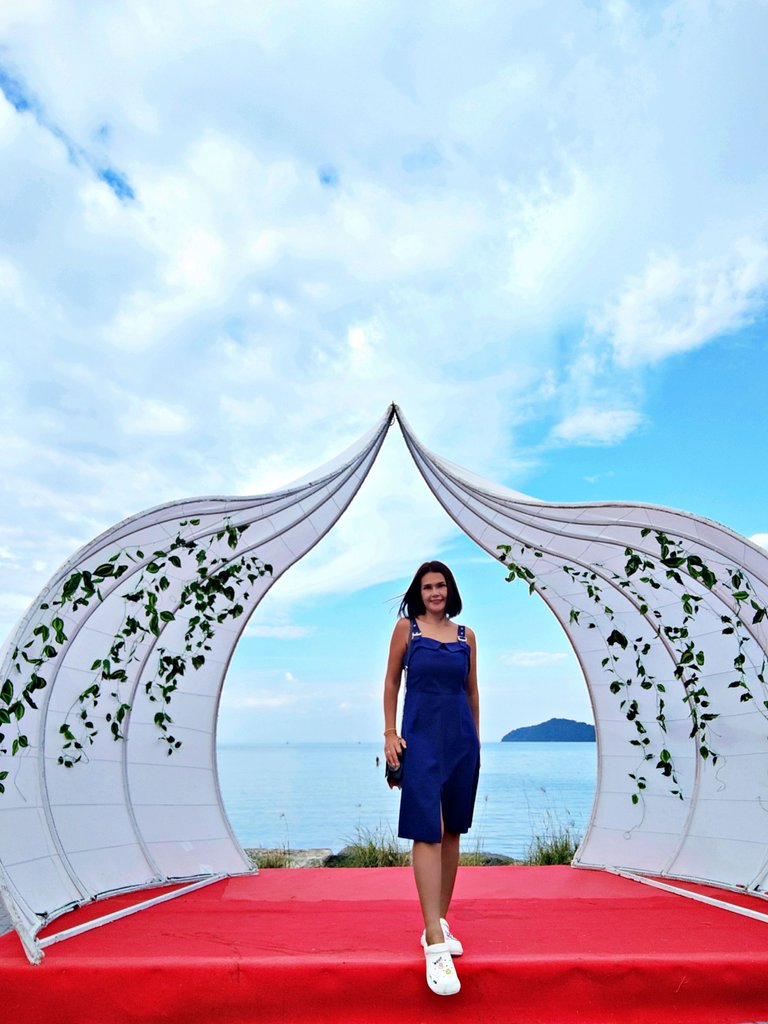
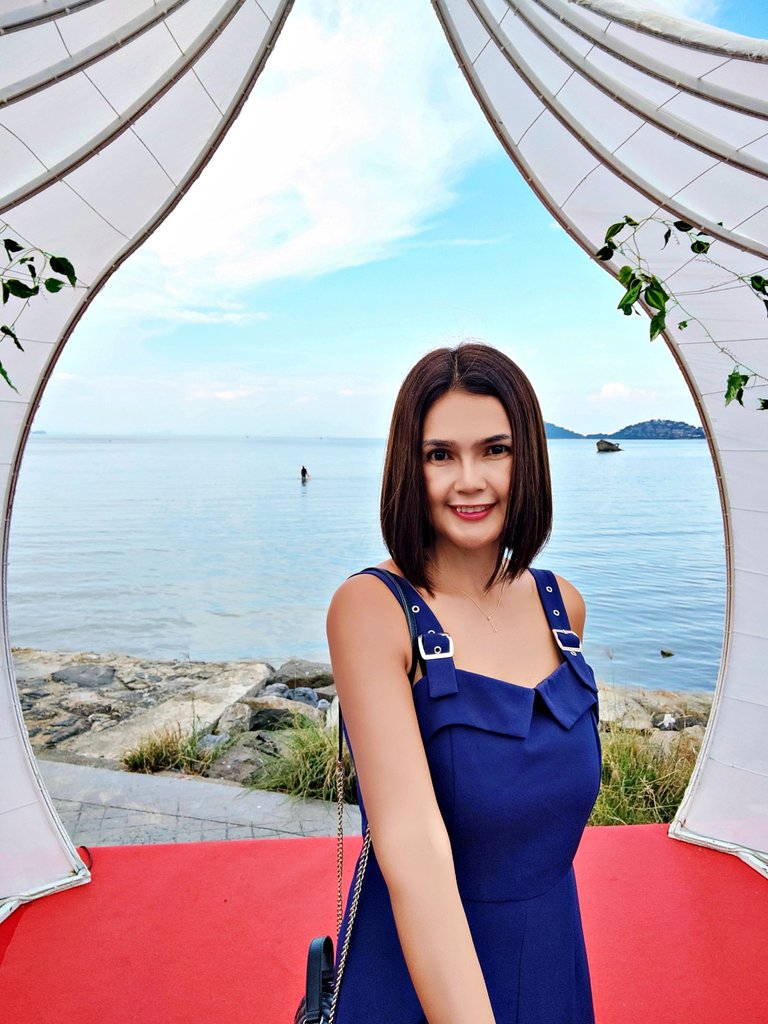
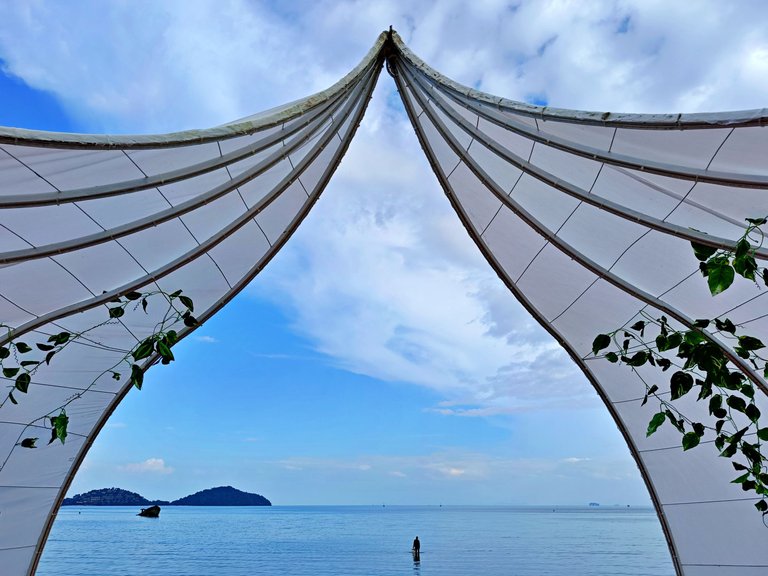
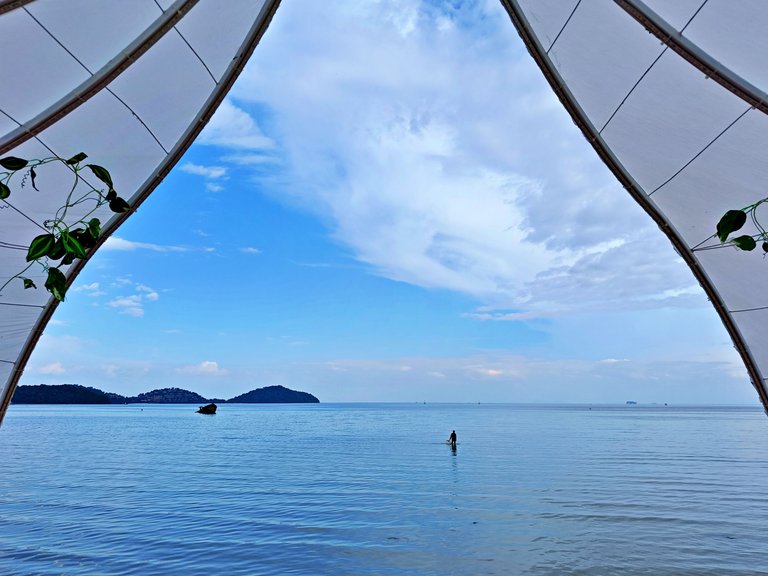
Thank you for your support
ขอบคุณสำหรับการโหวต
เลิฟนะยู้ววววววว


Wow, nice place and good to eyes
interesting handicrafts
I’m glad that you and your son had an amazing time
The place looks very beautiful
Well the first land at this might be the most impressive feeling I lve the color of the decorations lool how cute?